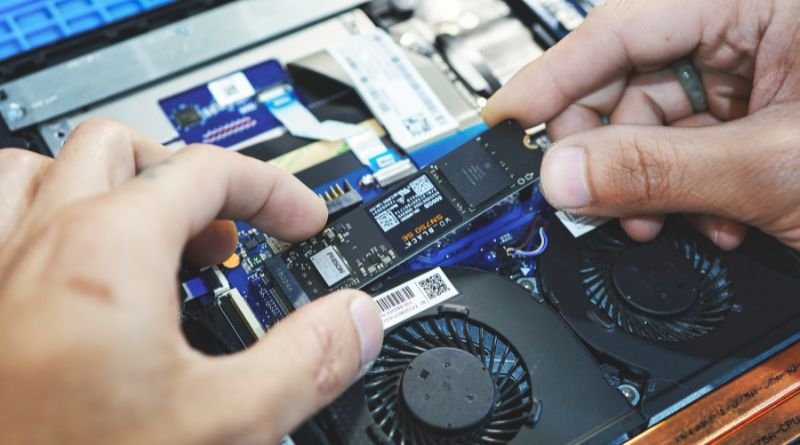Nintendo Switch Memory Cards – Which One Should You Buy?
With 32GB and 64GB of on-board storage, the Nintendo Switch seems to have plenty of room to spare when it comes to games and save files. But if you’re looking to get more mileage out of your system, adding an SD card is one simple way you can expand your library—and your options—without breaking the bank. But which one should you buy? Read on to find out our recommendations for the best Nintendo Switch memory cards…
The best microSD cards for Nintendo Switch
no one size fits all when it comes to Nintendo’s newest console. That’s why we looked for a range of different capacities and price points before zeroing in on what we feel are currently some of best Nintendo Switch memory cards you can buy right now, both for bulk storage and portability. Check out our full list below, where we break down exactly what you should look for—and what you might want to avoid—when picking out your next memory card for Nintendo’s newest hybrid system! Oh, and if you need help finding deals on other great games for your shiny new system, be sure to check out our complete guide to every game released on Nintendo Switch so far!
Best 128GB MicroSD Card
SanDisk 128GB microSDXC Card (rated for UHS-I Speed Class 1) for $33 on Amazon. And that means you’ve got a ton of space for games, movies and more. It’s also important to note that many Switch games are sold digitally, so a big card is definitely worth it. Also great: Samsung 128GB EVO Select microSD Card ($18). The EVO Select line from Samsung offers high performance at a reasonable price point. While not quite as fast as its Pro sibling, you do get solid read/write speeds of 95MB/s and 90MB/s respectively, which should be plenty fast enough to handle your Nintendo Switch gaming adventures.
Plus, both cards come with an SD adapter if you want to use them in other devices too. 2. Best 32GB MicroSD Card: If 32GB is all you need, then go with Sony’s SF-32UX2/TQMN Micro SDHC Flash Memory Card ($17), which has a rating of Class 10 and can write up to 20 MB per second. Or pick up Samsung’s EVO Plus 32 GB microSDHC UHS-1 Flash Memory Card ($15), which has an impressive 4K video rating and comes with an SD adapter for use in cameras or laptops.
What do all those numbers mean, anyway?
It can get a little confusing, but here’s what you need to know: Most cards have a maximum write speed of 95 MB/s. This number is expressed as U1 on packaging and in online listings. So if you see a U1 rating, it means that’s likely how fast your card will be able to write data. But keep in mind that a U1-rated card doesn’t guarantee it will reach that read speed or write speed—it only means those are its theoretical peaks. Also, because some games are more demanding than others, you may not always hit peak speeds during gameplay.
Still, it’s useful information for gauging performance across all SD cards. Here’s a handy chart with approximate speeds for each class of SD card: Class Minimum Speed Maximum Speed Approximate Write Time (in minutes) 10MB/s 10MB/s 0m 15 s UHS-I Speed Class 3 (U3) 30MB/s 104MB/s 2m 45 s* *Approximate time based on writing 5GB worth of photos per minute using Lexar Professional 1000x UHS-II SDHC memory card (32GB capacity). Results may vary based on writing conditions.
How to Choose the Right MicroSD Card For Your Needs
As Nintendo’s wildly popular hybrid console becomes more and more common, there are an increasing number of accessories cropping up for it. The Nintendo Switch itself has a fairly paltry 32 GB of onboard storage, which is good enough for most titles but can fill up very quickly if you’re playing newer games on top of all your other digital games. If you want to be able to save your game at any time without taking it out of portable mode or having to delete files every once in a while, you’re going to need an SD card. But with so many options out there, what are some things that you should consider when choosing one?









